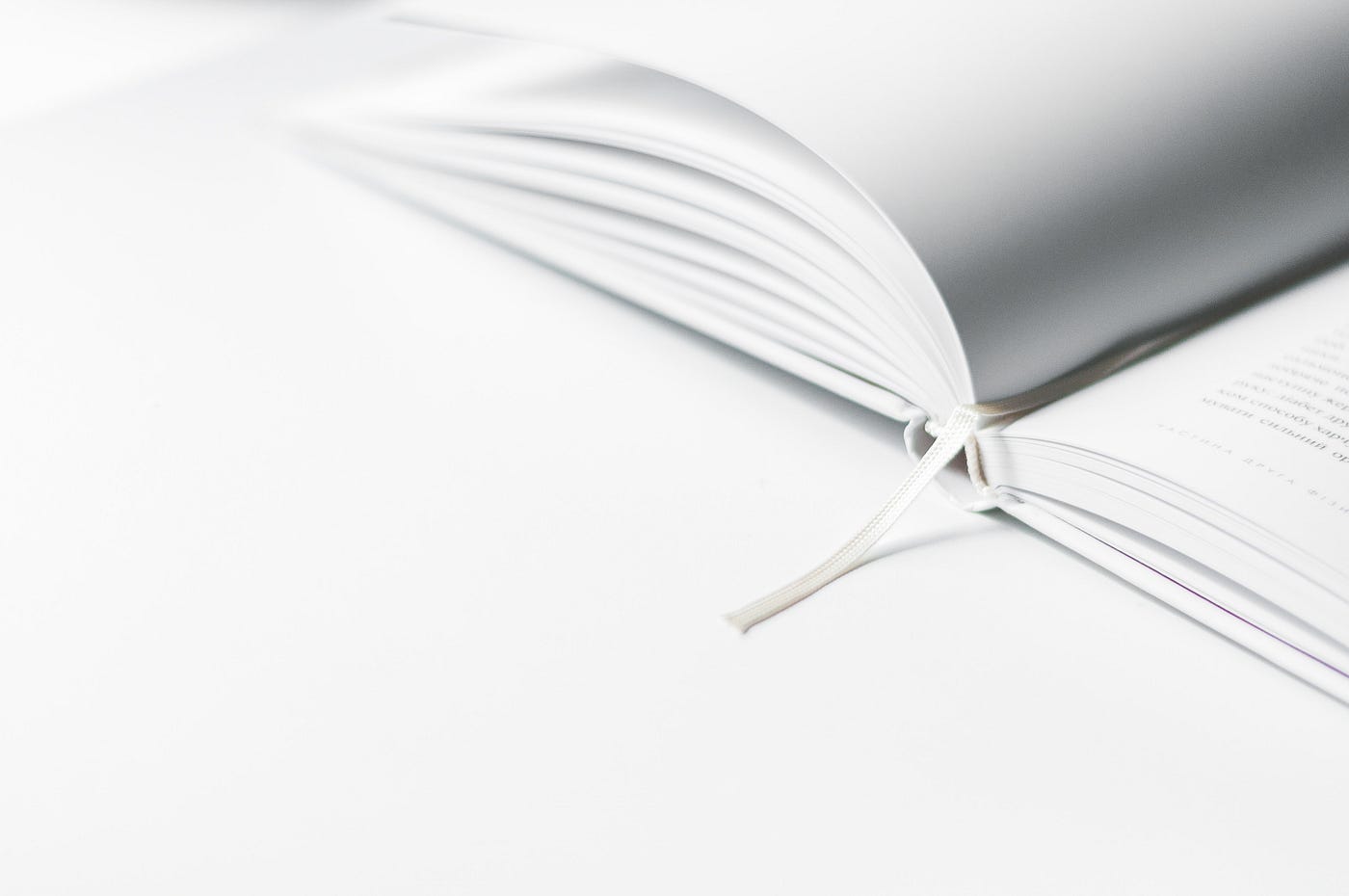Minimalism in English fiction is a literary movement that embraces simplicity, clarity, and economy of words to create impactful narratives. Unlike elaborate and richly descriptive storytelling, minimalist fiction strips stories down to their bare essentials, using sparse prose, limited characterization, and an emphasis on subtext rather than exposition. This approach forces readers to engage deeply with the text, filling in gaps with their own interpretations and emotions.
This article explores the key elements of minimalism in English fiction, its historical development, notable authors, techniques used by writers, and the impact of this style on contemporary literature.
The Core Characteristics of Minimalist Fiction

Minimalist fiction is characterized by its brevity, precision, and subtlety. Some of the defining features include:
1. Economy of Words
Minimalist writers use a sparse writing style, avoiding unnecessary adjectives, adverbs, and embellishments. Every word is carefully chosen to serve a purpose. Sentences are often short, direct, and devoid of unnecessary complexity, reflecting a stripped-down approach to storytelling.
2. Limited Characterization
Rather than providing lengthy backstories or detailed character descriptions, minimalism focuses on essential character traits. Readers often learn about characters through their actions, dialogue, and the subtext of their interactions rather than through explicit narration.
3. Simple but Powerful Dialogue
Dialogue in minimalist fiction is often plain and realistic, mirroring how people speak in real life. However, its real power lies in what remains unsaid. The unsaid elements create depth and encourage readers to analyze conversations for deeper meanings.
4. Focus on Subtext and Suggestion
Instead of explicitly stating emotions, conflicts, or themes, minimalist fiction relies on implication and suggestion. Readers must engage actively, deciphering meaning from context and subtle cues.
5. Ordinary Settings and Situations
Minimalist stories often focus on everyday life and mundane situations rather than extraordinary or fantastical settings. The simplicity of the backdrop allows the reader to focus on the emotional depth and underlying themes rather than being distracted by elaborate world-building.
6. Open-Endings and Ambiguity
Minimalist fiction frequently leaves room for interpretation. Rather than wrapping up stories neatly, these narratives often end on an ambiguous note, allowing readers to derive their own conclusions.
A Brief History of Minimalism in English Fiction
Minimalism in English fiction emerged as a significant literary movement in the mid-to-late 20th century. However, its roots can be traced to earlier influences.
1. Early Influences: Hemingway and Carver
The seeds of minimalist fiction were sown by writers such as Ernest Hemingway, whose prose style emphasized simplicity, precision, and subtext. Hemingway’s “Iceberg Theory” suggested that a story should reveal only a fraction of its meaning on the surface, leaving the deeper significance beneath.
Later, Raymond Carver became one of the leading figures in modern minimalism. His short stories, such as Cathedral and What We Talk About When We Talk About Love, are masterpieces of minimalist fiction, presenting ordinary people dealing with complex emotional struggles in an understated yet profound manner.
2. The Rise of Minimalism in the Late 20th Century
During the 1980s and 1990s, minimalism gained momentum in English fiction, particularly in American literature. Writers like Amy Hempel, Tobias Wolff, and Lydia Davis embraced this style, crafting stories that conveyed deep emotional weight through spare, unembellished prose.
The movement paralleled the rise of minimalism in visual art, music, and design, reflecting a cultural shift towards stripping away excess and focusing on essential elements.
3. Minimalism in Contemporary Literature
Minimalist fiction continues to influence modern literature, with authors such as Jhumpa Lahiri, Cormac McCarthy, and Haruki Murakami incorporating minimalist techniques into their work. While some writers strictly adhere to minimalist principles, others blend minimalism with other styles to create unique narrative voices.
Techniques Used by Minimalist Writers
To achieve the essence of minimalism in fiction, writers employ several specific techniques:
1. The Iceberg Theory
As introduced by Hemingway, this technique suggests that the deeper meaning of a story lies beneath the surface. Writers provide only essential details, leaving readers to infer underlying themes and emotions.
2. Short and Precise Sentences
Minimalist fiction often features short, crisp sentences that deliver maximum impact with minimal words. This stripped-down prose creates a sense of immediacy and intimacy.
3. Limited Use of Adjectives and Adverbs
Instead of relying on excessive modifiers, minimalist writers allow nouns and verbs to carry the weight of meaning, making the writing more direct and powerful.
4. Use of Fragmentation
Some minimalist works employ fragmented storytelling, where pieces of information are provided in a non-linear or incomplete manner, requiring the reader to actively piece together the narrative.
5. Silence and Pauses in Dialogue
Rather than lengthy conversations, minimalist dialogue often includes pauses and silences, allowing tension and emotion to emerge through what is left unsaid.
6. Symbolism and Metaphors
Despite its apparent simplicity, minimalist fiction often employs subtle symbolism and metaphors that resonate deeply with readers, allowing for multiple interpretations.
The Impact of Minimalism on Contemporary Literature
Minimalist fiction has left a lasting imprint on modern storytelling. Its influence extends beyond literature into other art forms, including film and theater.
1. Influence on Short Story Writing
Minimalism has been particularly influential in shaping the modern short story. Many contemporary short fiction writers embrace minimalism as a way to tell powerful stories within limited word counts.
2. A Shift Towards Reader Engagement
By relying on suggestion and implication, minimalist fiction encourages active reader participation. Instead of being passive consumers, readers engage with the text, filling in gaps with their own imagination and experiences.
3. Impact on Screenwriting and Film
The principles of minimalist fiction have influenced screenwriting, particularly in films that emphasize subtle storytelling and visual storytelling over exposition. Directors like Jim Jarmusch and Sofia Coppola have embraced minimalist narratives in cinema.
4. Connection with Digital and Social Media Storytelling
In an era of concise digital communication, minimalism aligns well with modern storytelling methods. The brevity and precision of minimalist fiction resonate with the way people consume content in the digital age.
Conclusion
Minimalism in English fiction is a powerful literary approach that embraces simplicity, precision, and subtext. By stripping stories down to their bare essentials, minimalist writers create narratives that are both subtle and profound. The impact of this movement extends beyond literature knowledge, influencing other art forms and contemporary storytelling.
Whether in the works of Hemingway, Carver, or contemporary authors, minimalism continues to captivate readers by demanding deeper engagement and interpretation. Its enduring appeal lies in the idea that sometimes, less is truly more.








